Browse Website Reviews
Discover quality websites on a range of topics and time periods. If a website link is no longer active, consult this guide to website URL paths for tips on locating the original resource.
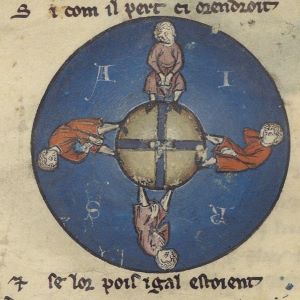
Middle Ages for Educators
...the site boasts more than 40 videos and video playlists, more than 125 different resource links, and worked with more than 50 subject matter experts on this project.
National WWI Museum and Memorial
Due to the immense amount of resources, we advise educators to enter the databases with an idea of what they want rather than attempting to browse.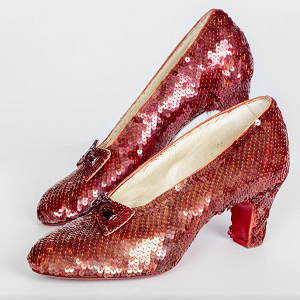
Academy Museum
Though the Academy is an American organization, the film industry has long been international as people from across the world work on American films and American films are distributed globally. Additionally, the Academy instituted an award for Best Internation
National Museum of Asian Art
Because the museum is dedicated to Asian art, its educational resources are largely meant to teach students about art.
The Armenian Genocide Museum Institute
As the AGMI states in its mission statement, it 'teaches universal lessons to combat hatred, discrimination, prejudice and apathy.'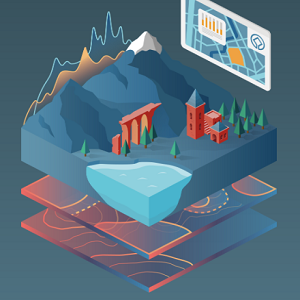
World Heritage Site Map
The most well-known part of their work is the naming and administration of World Heritage Sites.
African Studies Center
The Center hosts or links to resources on just about every African topic an educator might want to focus on in the classroom.
New Netherland Institute
Due to New Netherland’s intersection across several themes such as globalism, Indigenous contact, enslavement history, transatlantic trade, imperialism, religion, it may be a useful case study for educators wishing to teach students about 17th-century Europea
William J. Clinton Presidential Library and Museum
Overall, we found that though the Clinton Library offers a few lesson plans pertinent to global history, these are a bit underdeveloped and educators wishing to use them should strongly consider using supplemental materials
South Africa: Overcoming Apartheid, Building Democracy
This site is designed to provide high school and undergraduate students with primary sources and foundational information about South Africa’s multigenerational struggle to end apartheid and instate democracy.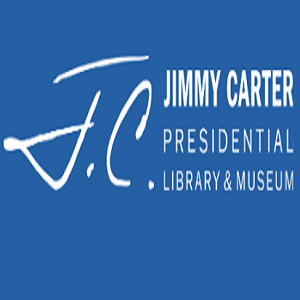

Harry S. Truman Library and Museum
Among the student resources, teacher resources, and source databases, users will have access to materials with which they can discuss practically everything that happened in the world during Truman’s life (1883-1973) and even some things outside that time fram
Minecraft Education
Because Minecraft offers such a wide variety of sources and topics, it can be incredibly helpful to teachers. However, because game-based play poses particular risks, such as the possibility that students will not learn and only focus on playing.
Naval History and Heritage Command
Among the archive's digital collections users can find oral histories, biographies, underwater archeology resources, and infographics.
The League of Nations Archive
The archive offers an extensive array of primary sources that can be used in the study of global history, international relations, transnational conflict, national border creation, migration, human rights, and historical personages.
Exploring Africa
Its goal is to provide high quality resources about Africa and its nations for K-12 educators. Teachers and students can learn about themes relating to African history and information about specific countries in a well-researched, easily digestible format.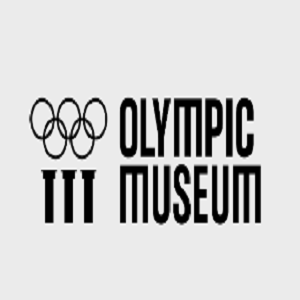
Olympic Museum
The modern Olympic Games have become a symbol of international cooperation and sportsmanship. The IOC states that the Olympics are a forum “where the world comes to compete, feel inspired, and be together."
Nobel Peace Center
However, most notable is their partnership with Minecraft Education. The Peace Center offers two Minecraft learning landscapes, Peace Builders and Active Citizen, both are targeted at students aged 8-15.
A Visual Guide to the Cold War
The goal of the site is to facilitate discussion around key themes of the Cold War and provide insight into both American and Soviet perspectives.